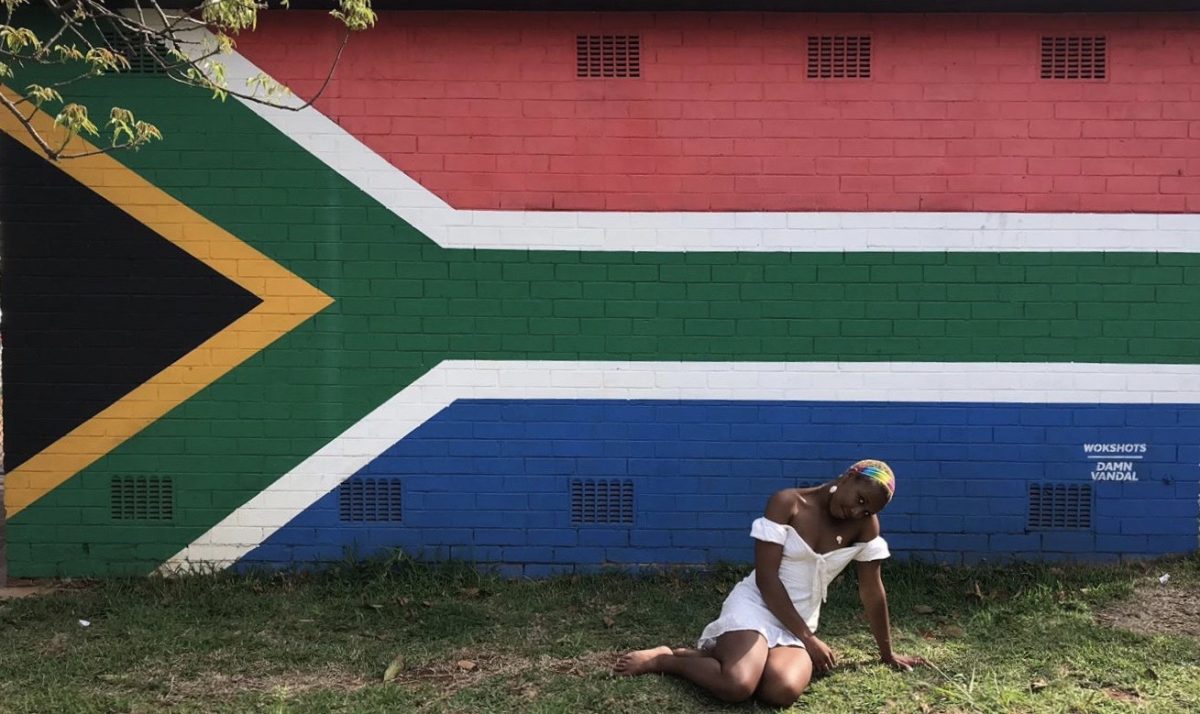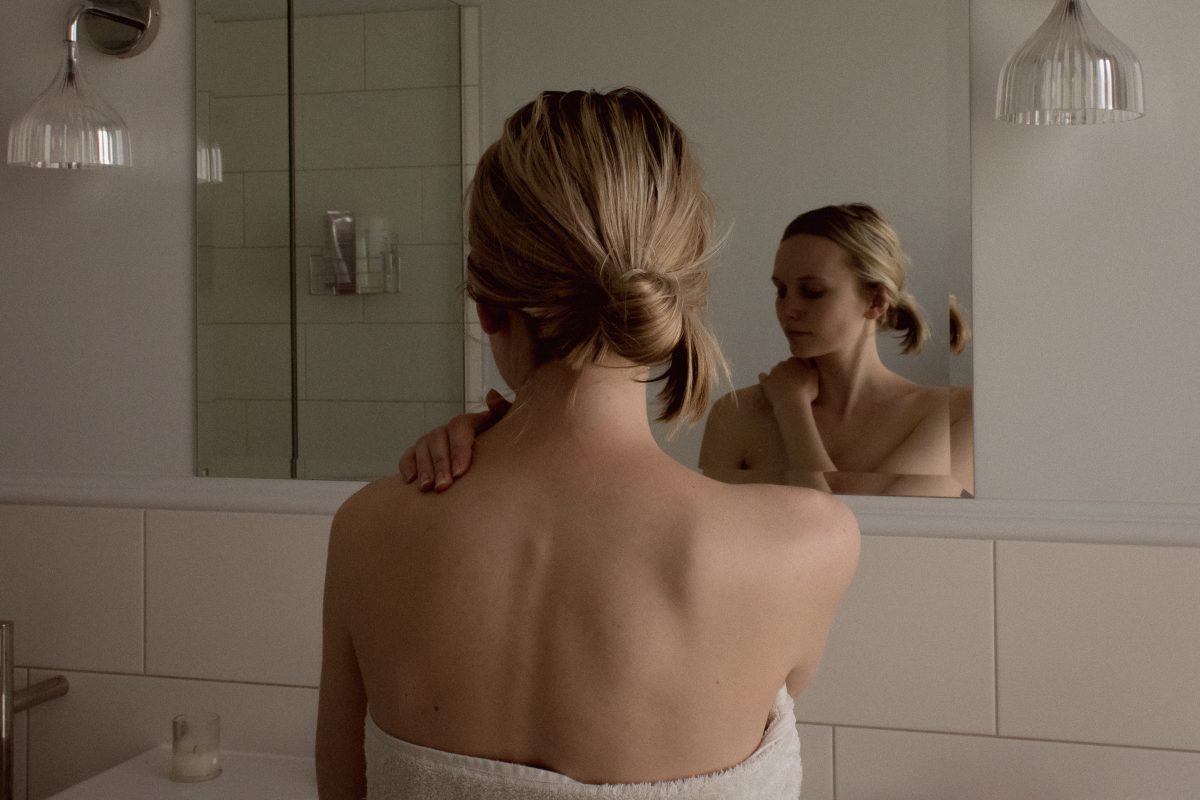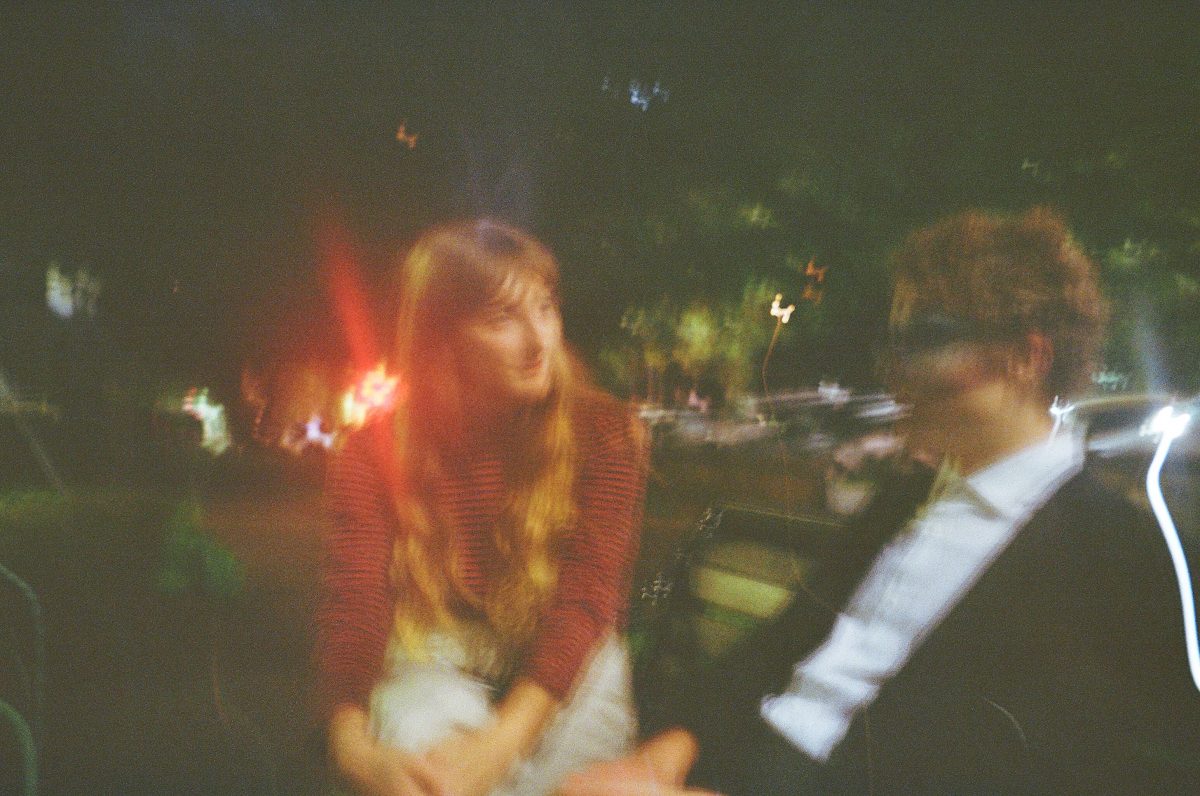*The following may be triggering to those affected by sexual assault.
It’s January 25, 2020 and my friends and I are throwing a party in our dorm room. Well, technically, I’m in my room and there is a party in my common room.
I can hear Doja Cat’s “Go To Town” playing and the loud convoluted chatter of my friends who are taking shots, playing pong, and standing in conversation circles. I was just there, smiling and laughing – talking about how I was “so drunk last night” and “don’t remember anything.” Just the usual party small talk.
And that’s when it hit – suddenly, with no trigger. It’s not like the movies. The room doesn’t spin and the only sound is not my own heartbeat. There is no slow-motion movement or blurring together of sounds into some euphoric rush of overwhelming feeling. And while I am acutely aware of everything around me, I remember.
Instead of looking my friend’s eye as we talk, I see him. I see him giving me a handle of vodka and watching me drink half of it. I see him grabbing me by the wrist and slinging me back into the cement wall. I can feel him thrusting in and out of me as I daze in and out of consciousness. I can feel his hot breath on the back of my neck while he whispers, “I love you.”
I didn’t want to be at the party anymore.
Five years ago, in 2015, my boyfriend repeatedly raped me and emotionally abused me. But five years is a long time. Since then, I have dated, hooked up, felt heartbreak… all in all, I have moved on with my life and sought out therapy for those moments when PTSD creeps back. I tell everyone around me that it was a long time ago and I have grown, changed, and healed from it.
Although it is true that time brings growth and change, I have begun to realize there is a deeper complexity to healing from abuse.
Healing is not linear, and the quantitative and qualitative factors of my experience do not equal how I “should” heal. I’ve since realized that if I continue to say I’ve fully healed – I wouldn’t be telling the truth. I am healing, constantly. But I am not healed. To continue saying I have healed completely would be a disservice to myself and other survivors.
After five years, I can’t help but feel my panic attacks and tears are no longer justified. It feels as others expect me to be capable of talking about my assault in a calm way – one that doesn’t make them feel obliged to comfort me or feel uncomfortable themselves. It is as though they want me to say it so matter of fact – well, a few years ago, I was raped. But none of it was a matter of fact. It was violent and rough.
Does healing mean I have to talk about it medically? I’m diagnosing myself. Taking apart symptoms and side effects and treating my wounds with sterile words. Instead of saying that I was raped the first time I had sex, I self-censor. No, I have had sex. It is exhausting to be quiet – to reel in the passion and pain I feel when I speak about what happened. It is as though my calm words will materialize into finally being ‘healed.’ So instead, I withdraw into my room and leave the party.
There is inconsistency in this society that encourages speaking up and speaking loudly. I don’t feel powerful – I feel muffled. This culture of social movements and empowerment tells me my experience is worthy and powerful so long as I have already healed from it – so long as I have come out the other side stronger.
But the truth is that I have flashbacks every day. The truth is that there are days where I can’t look at my own body or eat. There are nights when I can’t sleep because I have flashbacks so painful I can’t stop scratching my arms until they bleed onto my sheets and I have calmed down. The pain is still there, and even though I am working through it in a safe environment in therapy, I am done saying that I am “fine now.”
But how then, do we as a supportive and empowering community talk about sexual assault’s long-term effects and still address this lasting pain in a healthy way?
Art and pop culture seem to be leaning towards a hyper-exposure of rape and sexual assault. Art exhibits, poetry, and writing show-and-tell sexual assault in graphic detail. While these images pack a heavy punch of shock factor, they don’t share the long-lasting psychological and emotional effects of assault.
It’s similar to watching a movie that relies solely on jump scares to frighten the audience, as the reality of the horror is shrouded by the simplicity of a single perceived picture. These images may scare you in the moment but they don’t affect the psyche for as long as a movie that raises deep psychological and warped problems. In order to leave the audience with a better understanding of the deep psychological problems that accompanies sexual assault, we need to unearth more artistic expressions that explore and represent these complex experiences. Short films like Naima Ramos Chapman’s “And Nothing Happened” are just the start to using art and film to discuss the long-lasting effects of assault.
Do these physically explicit images only reinforce the idea that rape is solely a physical act that can heal medically? These pictures don’t encapsulate the long-lasting effect, but they are a good start to exposing others to the pain and topic of sexual assault.
Survivors of sexual assault do not go around describing the moments of their assault in the same excruciating detail that art portrays. The art may show it, survivors and supporters may feel the pain, but no one will say it. People want to hear you are healed, and even though we are told we don’t have to be, we feel like we should be. There is importance to displaying and encouraging healing; however, we may have crossed the line between support for survivors and self-oppression and self-censorship.
Turning pain into artistic expression is an outlet for many. I have used poetry as a way to capture and identify my emotions and feelings. I’m done turning my pain into poetry. I cannot do it anymore – I cannot continue to focus on those seven months of my life and explicate every moment like a Longfellow poem.
I cannot make art out of my pain because the pain I feel has evolved and changed so much in the past years that I feel detached from the initial suffering and emotional struggles. I can no longer isolate or identify my feelings. I feel so much. I feel used. I feel strong. I feel broken. I feel, and I feel, and I feel – until I can no longer feel anything. They say too much silence is deafening, but too much feeling is desolate. It is empty, and it feels like there is no space in this empty place for so much feeling this long after my assaults.
My uncensored truth is that I was repeatedly raped and manipulated by my boyfriend. My truth is that even saying those words aloud makes my body ache.
Besides the violence and coerced sex, I was told no one would ever love me again and that I wasn’t worth all the trouble – each of these phrases salted by his reminders of how much he loved me. I will always be a person who was sexually assaulted and emotionally abused, and the effects are so much deeper than physical pain. My experience is something that will never leave me and I will live my entire life continuing to heal from those moments.
When talking about assault, it is always important to remember that no one person’s story is the same. Yet, we are all doing our best to live our lives past the assault. I will no longer censor what happened to me or reduce my truth by numbly saying I am ‘fine now.’ I will no longer feel like my scars should be healed, because healing is not ever linear or skin-deep. But, I will share my uncensored truth with as much passion and feeling as I want.
Photo by Gabriela Velasco.



